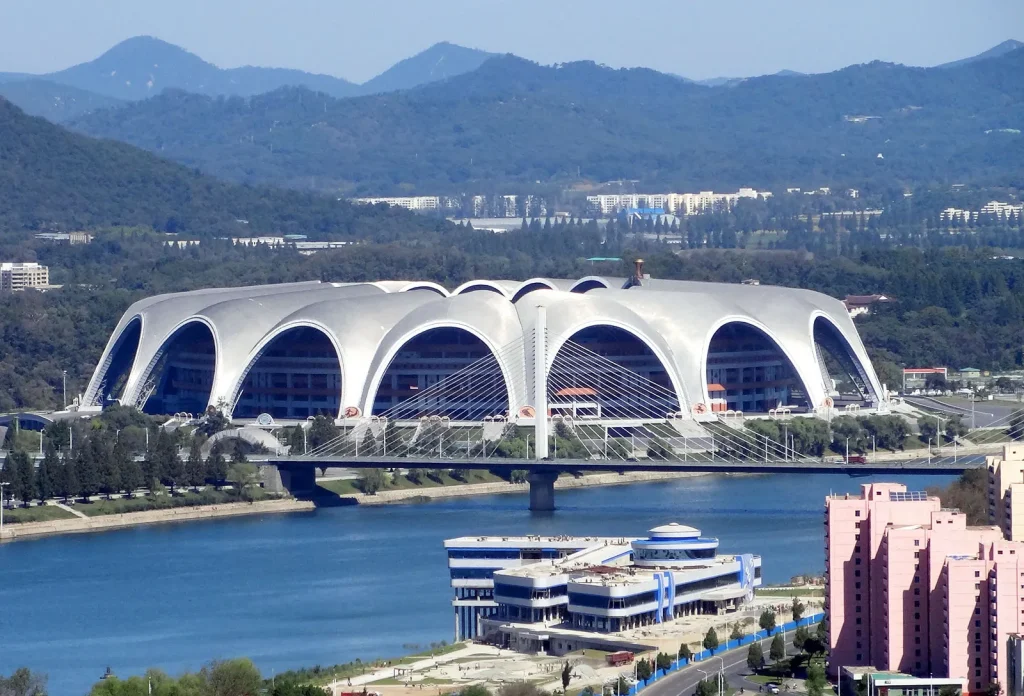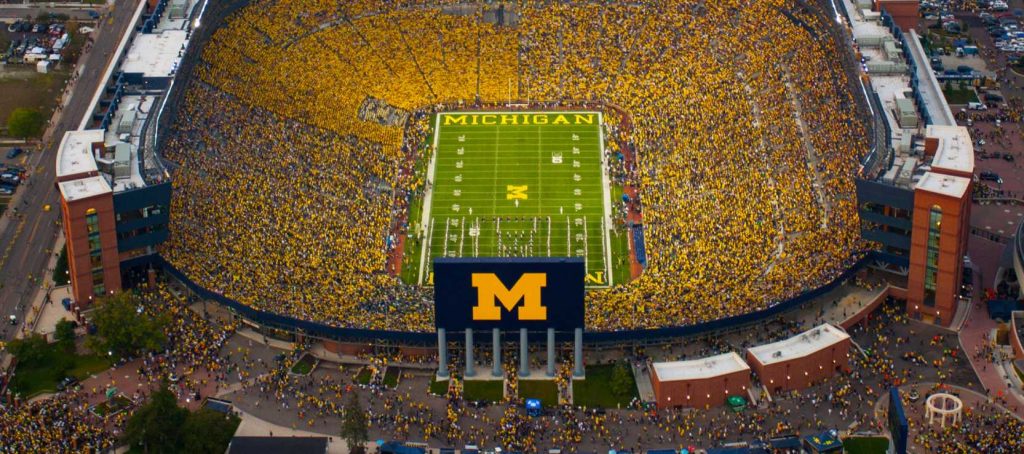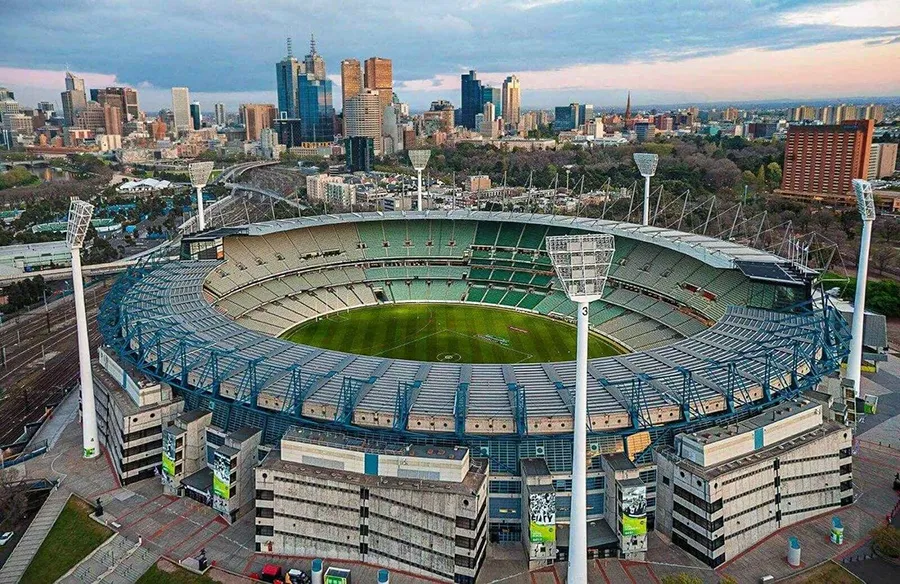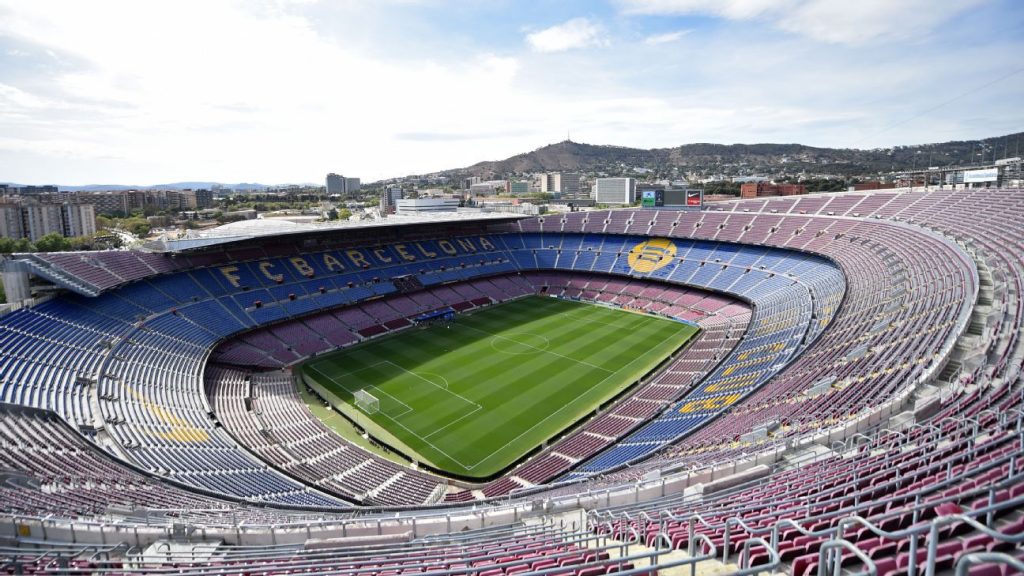Football is the leader of the global sport, ranking by far in popularity in Europe, South America and a number of Asian countries. There are many types of football: rugby, American (gridiron), European, Australian rules, Canadian, Gaelic, futsal, sand football and many others. But they are all united by the presence of a team, a field, a ball, and also the goal of kicking the ball into the opponent’s goal with their feet or other parts of the body (except hands) more times than the opposing team.
According to various estimates, there are between 3 and 4 billion active football players in the world. The number of official athletes reaches almost 40 million. And it’s hard to even imagine the total number of global fans. For example, in China alone, the number of active football fans is about 200 million people. The FIFA World Cup is the largest sporting event on the planet. The matches of the 2022 World Cup were watched by more than 4 billion people in total, which is twice as many as the 2022 Olympic Games.
Given the enormous popularity of this sport, it is understandable that countries are trying to provide a venue that can accommodate as many fans as possible. For this reason, before large sporting events such as the FIFA World Cup or regional championships, governments compete to host a sporting event. For this purpose, a new stadium is often built that will meet all modern requirements. Of course, it would be extremely interesting to know where the biggest football stadiums are located, capable of accommodating the largest number of fans. This list may really surprise you.
Top 10 biggest stadiums in the world
As of June 2024, the top 10 the most enormous football stadiums are as follows:
- Rungrado 1st of May Stadium. Its total area is 207,000 m² and it can accommodate 114,000 spectators. Surprisingly, but true: the largest arena in the world is located in the capital of North Korea, the city of Pyongyang. This is a multifunctional stadium located on the small sandy island of Nynnado. It is worth noting that this is the largest football stadium in the world, however, the greatest stadium is in India – Narendra Modi Stadium. Its capacity is 132,000 people. It is not included in this list because national cricket teams play here and world cricket championships are held here.Previously, the most enormous stadium was considered to be the Strahov Stadium located in the capital of the Czech Republic, Prague. It was opened in 1926 and has custom dimensions with a capacity of 220,000 spectators. However, at the moment it is not used as a stadium, but is a training base.

- Michigan Stadium in the United States, Ann Arbor, ranks second on the list. It is also the largest stadium in the United States, also known as “The Big House”. Since 1927, the Stadium has hosted the University of Michigan’s NCAA American football matches. After a major reconstruction of the stadium in 2010, its capacity was 109,900 spectators. However, by allowing standing room, the capacity of the stadium can be increased. So, for example, in 2013, an American football match at Michigan Stadium between two college football teams – the Michigan Wolverines and the Notre Dame Fighting Irish (41:30) accommodated a record audience for American football – 115,109 spectators. The second largest stadium in the world also hosts outdoor hockey matches and organizes games for European football teams.

- Melbourne Cricket Ground is a multi-purpose stadium located in the Olympic Park in Melbourne, Australia. This stadium seats 100,024 spectators. It opened in 1854 and originally accommodated 6,000 people. However, after a fire in 1884, which destroyed the wooden structures, the stadium was rebuilt in stone. After numerous reconstructions, the sports arena received its modern shape, and the number of seats was increased to 120,000. This allowed the opening and closing ceremonies of the 1956 Summer Olympics to be held here. It is also the world’s biggest cricket stadium by capacity and Australia’s biggest arena. The record attendance at a sporting event was recorded in 1970, when the final match of the Australian national football championship attracted 121,696 spectators, but the unofficial absolute record was recorded on March 15 in 1959, when about 130,000 people gathered at the stadium for a sermon by religious leader Billy Graham. The stadium currently hosts home matches for the Australian national cricket and football teams, and is also the home of one cricket club and four Australian rules football teams.

- Camp Nou, which means New Field, is another huge stadium on the list of the top 10 largest world sports arenas. It is located in Barcelona, Spain. The stadium was opened in 1957 and has belonged to the Barcelona football club since its founding, being its home arena. The Camp Nou capacity is 99,457 spectators. It is believed that this is the biggest stadium in terms of capacity not only in Spain, but throughout Europe. The stadium is the 12th largest stadium in the world in terms of spectator capacity and the second in the list of football-only stadiums, second only to Mexico’s Estadio Azteca. The stadium is also considered one of the most exciting venues, as many iconic football matches between the best football clubs in the world were held here. The stadium held the final part of the 1964 European Football Championship. Two meetings took place at the Camp Nou – the semi-finals and the match for third place. 1982 FIFA World Cup was held in Spain, and the opening ceremony and first match of the cup took place at the Camp Nou. On August 8, 1992, the stadium hosted the final of the 1992 Summer Olympics in football. The Camp Nou hosted two Champions League finals – in 1989 and 1999. In 1964, the UEFA Cup final was held here. In addition, five UEFA Super Cup games were played at the stadium. And this is not a complete list of historical matches that the Barcelona stadium has ever hosted.

- FNB Stadium, located in Johannesburg, South Africa, is the fifth largest in the world. First National Bank Stadium is also known as Soccer City. The stadium’s unofficial nickname due to its shape is “Calabash”, as the sports facility resembles a traditional African pot. It is Africa’s biggest stadium, with a capacity of 94,736 people. The stadium in Johannesburg is famous for being able to host the 2010 FIFA World Cup final. The teams of Spain and the Netherlands reached the final of the 2010 World Cup, in which the Spanish football team won with a score of 1:0, becoming the first European team to win the World Cup outside of Europe. In 1996, Soccer City hosted the African Cup of Nations final.

- Wembley Stadium is sixth on the list with a capacity of 90,000 fans. It is located in London, England, and is the home ground of the England national football team and all domestic finals in English football. The stadium opened in 2007 on the site of the old Wembley Stadium. The New Wembley Stadium also has a retractable roof. The old Wembley, also known as the Empire Stadium, was one of the most famous football stadiums until its demolition in 2003. In 2011 and 2013, the stadium hosted the final matches of the UEFA Champions League. In 2012, the stadium was chosen to host football final of the 2012 Summer Olympics.
- The Rose Bowl is located in the USA, California, Pasadena. It was built in 1922 and seats 88,565 people. The stadium hosted competitions at the 1932 and 1984 Summer Olympics. It also hosted the 1994 FIFA World Cup final.
- Estadio Azteca, located in the Mexican capital of Mexico City, is the largest stadium in Latin America. Its capacity is 87,523 spectators. In addition, this is one of the highest stadiums of all existing ones, since Azteca is located at an altitude of over 2200 meters above sea level. This is Mexico’s main stadium, where the national team has played home matches since 1966. The Azteca was also one of the arenas for the 1968 Summer Olympics in Mexico City and the main stadium for the football competition. In addition to the football game, the stadium has also hosted music concerts and other major events.
- Bukit Jalil National Stadium is located in Kuala Lumpur, Malaysia. This is a giant among all stadiums in Southeast Asia, as it seats 87,411 spectators. In 2007, it was one of the arenas of the Asian Football Championship and hosted 7 matches of the tournament, including the semi-final match between the national teams of Iraq and South Korea. It is the home ground of the Malaysian national football team and hosts the final matches of the Malaysian Football Cup and Super Cup.
- Borg El-Arab Stadium, located in Alexandria, Egypt, could be number ten on our list. Its capacity of 86,000 fans made it a first in North East Africa. However, in 2021, a bigger stadium was built in Egypt – New Administrative Capital Stadium (Misr Stadium), which surpassed Borg El Arab Stadium. The capacity of this stadium is more than 93,940 people.
This list is not complete, as there are many other grandiose stadiums in many countries that amaze with their size and unique architecture. Here we can mention the Beijing National Stadium (91,000), Australia Stadium in Sydney (84,000), the German Signal Iduna Park in Dortmund (81,359), the Stade de France in Paris (81,338) and many other sports complexes that host one of the best football events.
Largest football stadium by capacity
As mentioned above, the North Korean stadium is the largest in the world in terms of capacity. Even though this is not a very iconic stadium like some of our top 10, it still impresses with its size and history. Technically, the stadium can accommodate up to 150 thousand people, but during football matches its capacity is reduced to 114 thousand.
The stadium was built from 1986 to 1989 to host the XIII Festival of Youth and Students. A design feature of Rungrado 1st of May Stadium in Pyongyang is the sixteen arches that form a ring, which is why the stadium is shaped like a magnolia flower.
The arena hosts not only sporting events, but also military parades in honor of the party and authorities. The country’s main political holiday is Arirang, when North Korea and its ruler are praised. The most massive show took place in August 2007 and was included in the Guinness Book of Records.The arena hosts not only football matches, but also military parades in honor of the party and authorities. The country’s main political holiday is Arirang, when North Korea and its ruler are praised. The most massive show took place in August 2007 and was included in the Guinness Book of Records.
Before the construction and opening of Rungrado 1st of May Stadium in North Korea in 1989, the Indian Youth Stadium, also known as the Salt Lake Stadium of Kolkata, was the largest football stadium in the world. Its capacity before reconstruction in 2011 reached 120,000 spectators. Now this stadium in India can accommodate 85,000 fans.
However, the leader of the top 10 biggest football stadiums in the world may soon change. In April 2024, Moroccan authorities announced their plans to build the Grand Stade de Casablanca, which will be able to accommodate 115,000 spectators. With the construction of this stadium, the Moroccans want to gain the right to host the 2030 World Cup final, although it was originally planned that it would be held at the Santiago Bernabeu stadium in Madrid. If the country’s government manages to implement its plan, FIFA may decide to hold the 2030 World Cup final in Morocco.


